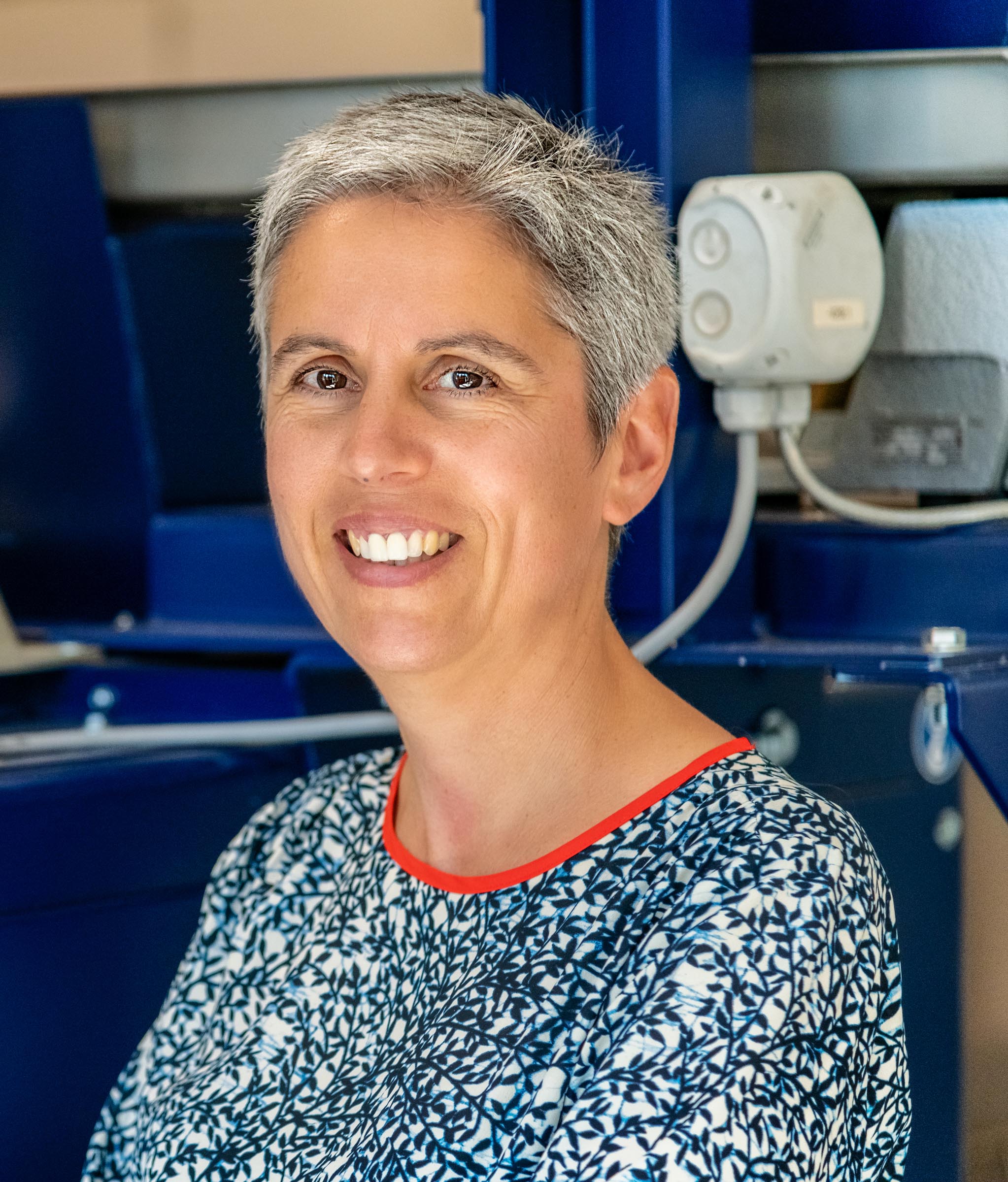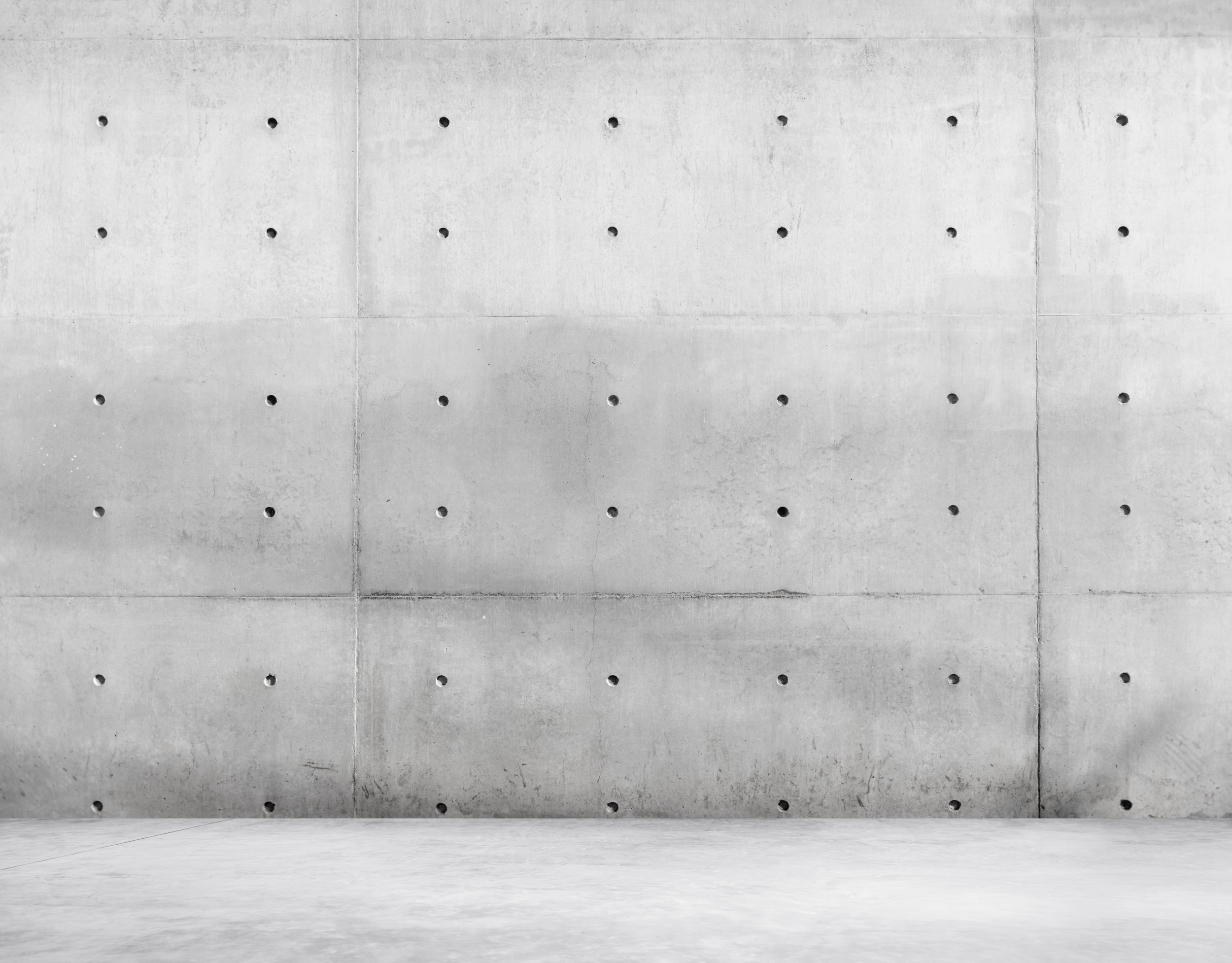Main navigation (level 2) (loaded programmatically)
The construction industry is of strategic importance worldwide, but it also has a major impact on the climate. That is why VITO is fully committed to strategies and technologies that limit the climate impact of the construction process and material usage. The focus is on the production of alternative cement binders that can be used for the creation of ultra-high-strength concrete.
Cement production is responsible for roughly five percent of global greenhouse gas emissions. The thermal process that calcines limestone at approximately 1450°C, purifying it from bound substances, is responsible for one third of those emissions. The chemical decomposition of limestone into quicklime and CO2 is responsible for the remainder.
Combining different strategies
To reduce the impact of the cement industry and the associated concrete and construction industries, it is necessary to bet on several horses at the same time. This goes beyond the classic solutions such as electrifying processes and capturing CO2. Alternative binders with a lower CO2 impact are also being researched to replace the classic Portland cement. Additionally, engineers and architects are striving towards new buildings that are as ‘lean’ as possible, requiring less material for the same characteristics. One example of this is by using high-strength concrete and ultra-high-strength concrete, which require up to 70% fewer raw materials.
VITO uses mineral waste streams from industrial processes to produce ultra-high-strength concrete. Today, this waste is for the most part still landfilled. The strategy to upgrade these streams to alternative cement binders not only reduces the environmental impact of the concrete and cement industry, but also that of the waste-producing companies.
Fly ash as a possible cement substitute?
There are already various types of cement mixtures on the market where part of the Portland cement has been replaced by blast furnace slag (CEM II and CEM III) or where fly ash may be added (CEM V). The latter is the ashes that end up in the chimney along with flue gases during the combustion process of coal. The potential of blast furnace slag as a cement substitute is almost fully utilised today, but for fly ash this is only 40 percent, mainly because of its poor quality.
Fly ash is obtained by cleaning the flue ash from coal combustion with electrofilters and separating the fine particles (2 – 500 µm). Depending on the fly ash used and the operation of the power plant, the fly ash may still contain particles of unburned coal. This makes the ash unsuitable as a cement substitute. The current method of purifying these ashes using hydrocyclones consumes so much energy that it is hardly ever used. The end result is that fly ash, which can replace up to 30% of the cement, is currently being dumped on a massive scale.
The Flemish SME Value Ash Technologies has developed a new, more energy-friendly technique to efficiently separate fly ash. In collaboration with VITO, this technology was scaled up from lab to pilot scale thanks to European funding through ‘MIP & EIT Raw Materials’. Tests at concrete level show that the separated superfine fly ash can replace cement for standard applications and lead to greater strength development. This makes it suitable for high-strength applications, and it can be used for the further rollout of the ‘lean material’ strategy.
Rollout in developing countries
These insights are very important for developing countries. After all, fly ash is their most commonly dumped waste. If they can use those waste products to make high-quality and sustainable concrete, they will be taking an important step towards the Sustainable Development Goals. With support from FIT (Flanders Investment and Trade), Value Ash Technologies is currently rolling out the technology in South Africa. Instead of dumping fly ash, the superfine particles are separated and used on site to make high-strength concrete for agriculture, water management and many other applications that benefit sustainable development.
Liesbet Van den Abeele
VITO

